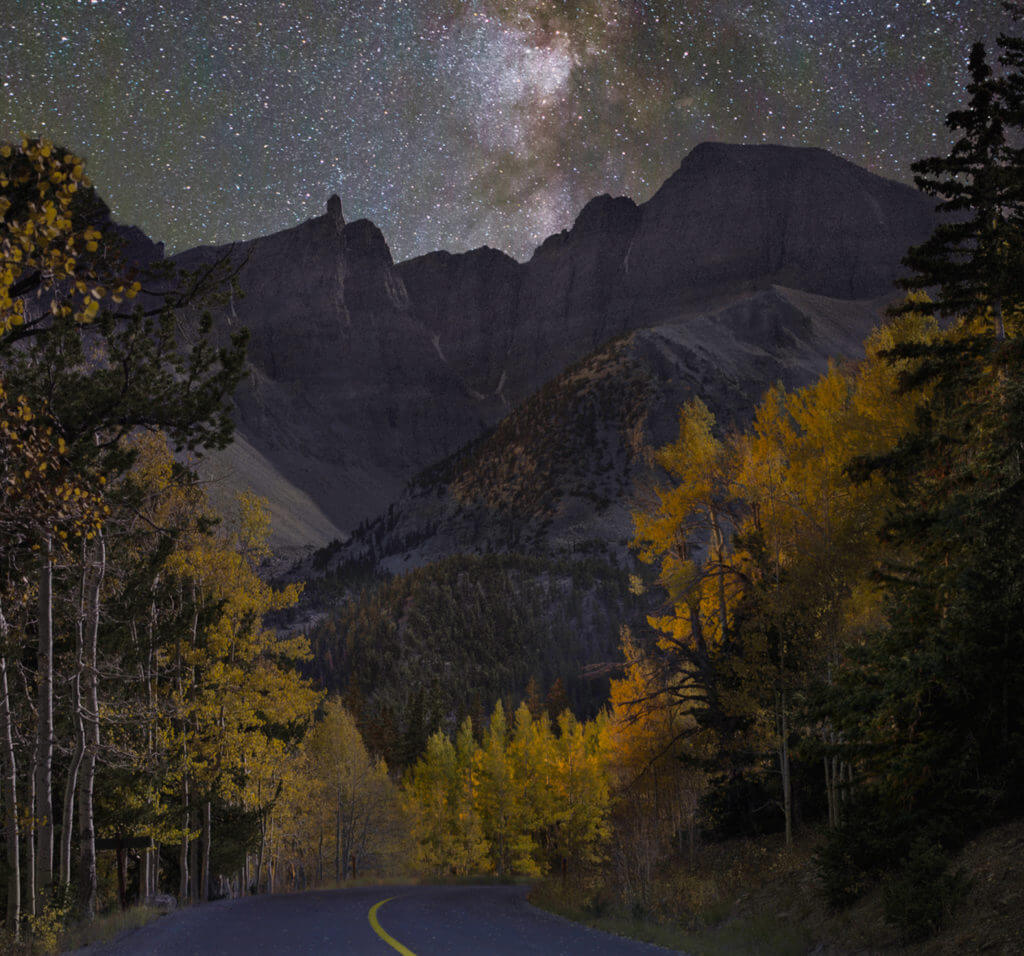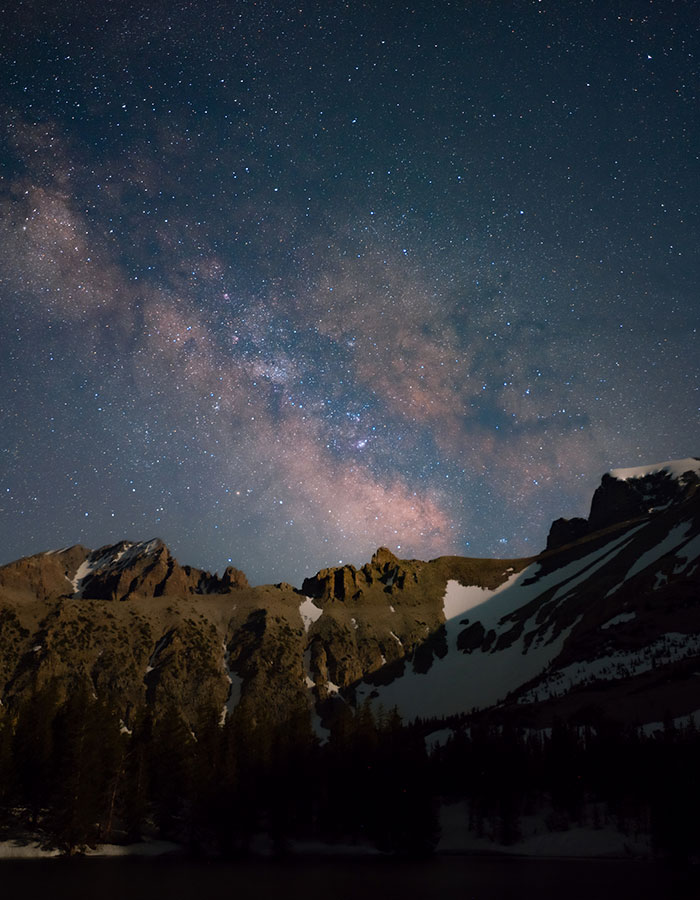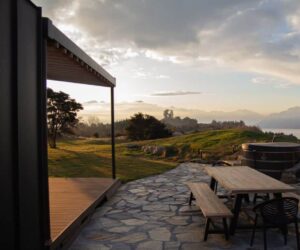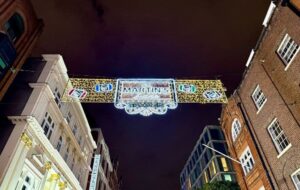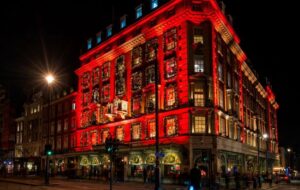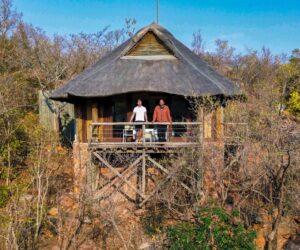The post Star Sanctuary: Stargazing at Great Basin National Park appeared first on Travel Nevada.
Nevadaʼs national park has many natural wonders. Its pristine caverns, bristlecone stands, and snow-capped peaks attract tens of thousands of visitors each year despite the parkʼs remote setting. Over the past decade, however, this quiet corner of the state has become famous for another—and increasingly rare—natural resource: its near-perfect night sky.
Discover some of the nation’s best stargazing at Great Basin National Park.
Star Sanctuary
Great Basin National Park has one of the darkest, most star-dense skies in the Lower 48. The park was even designated a Dark Sky Park in 2016, an honor shared by a little more than 100 locations around the globe. During the summer—when views of the Milky Way peak—the parkʼs skies boast more than 6,000 stars (half of that is considered optimal viewing) and the opportunity to glimpse galaxies like Andromeda and Triangulum with the naked eye.
Why are the parkʼs views so notably stellar? One reason is its high desert setting, where the air contains little view-blocking moisture. But the biggest factor is that the park is very far from any significant light source.
As the bird flies, it is 45 miles to the nearest community (Ely) and 100 miles to the nearest large town (Cedar City, Utah). The nearest major metro areas (Las Vegas and Salt Lake City) are each more than 150 miles away, and their glow hardly appears on the horizon.
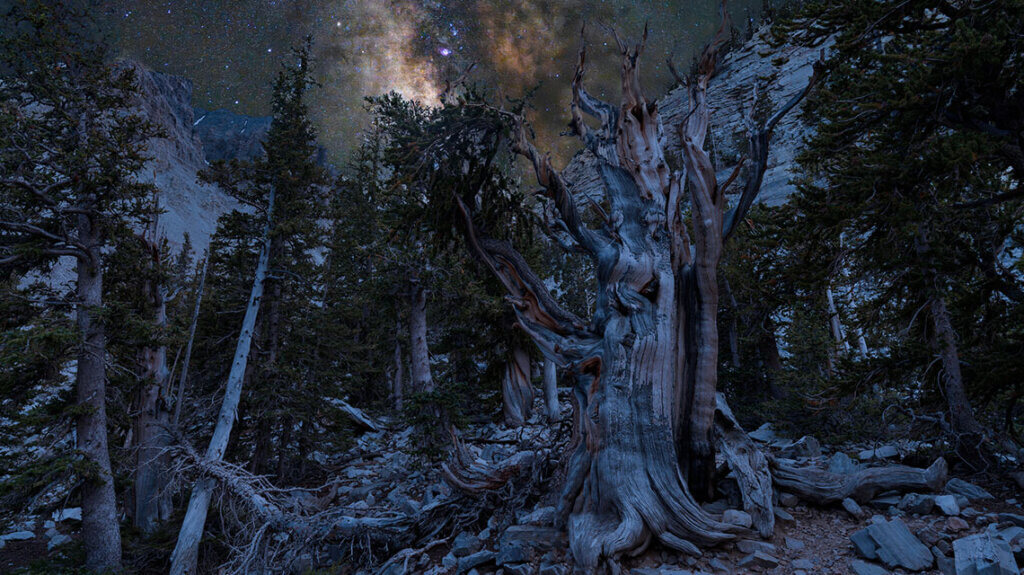

Ad Astra
Everyone from amateur astronomers to NASA scientists can point to data showing that night skies are disappearing. Nearly 90 percent of Americans live in or near a city. More cities mean more light pollution, which means fewer stars.
“Astronomy was not the primary reason Great Basin National Park was created in 1986,” says lead astronomy ranger Bradley Mills. “It was known as a dark place, but many places were dark back then. Now, itʼs become more special.”
Millsʼ enviable title carries many responsibilities like organizing programs and training staff—including four seasonal rangers. However, his favorite role by far is when he gets to educate the public about all things astronomy.
Three times a week during the summer, Mills stands before an audience of all ages and backgrounds in the parkʼs astronomy amphitheater. The program—which starts around twilight—begins with a slideshow and brief lecture. Then, 30 minutes later, Mills turns off the projector, and guests look up to a sky now completely transformed. Mills describes the experience as magical.
“Some people donʼt even stand up. They just sit and stare quietly. For many, this is the first time theyʼve ever seen the Milky Way,” he says. “There is something so primal about connecting to the night sky.”
For the next hour, program participants gaze through 11-inch Celestron telescopes which were donated by the Great Basin National Park Foundation. Nebulae, stars, planets, galaxies, the moon: All are open for exploration.
“I really love when we have kids and they see something like fan-favorite Saturn and its rings for the first time. Theyʼll ask if theyʼre looking at a picture,” Mills says.
Millsʼ favorite subject is galaxies, which he considers the perfect vehicle for demonstrating spaceʼs incomprehensible vastness.
“I remember being blown away the first time I saw the Whirlpool Galaxy,” he says. “Itʼs a little speck—you canʼt see it with the naked eye—but it’s actually two galaxies, one consuming another. Just imagine the stellar forces going on in such an interaction. The idea that what weʼre seeing happened millions of years ago is something the human brain canʼt grasp.”
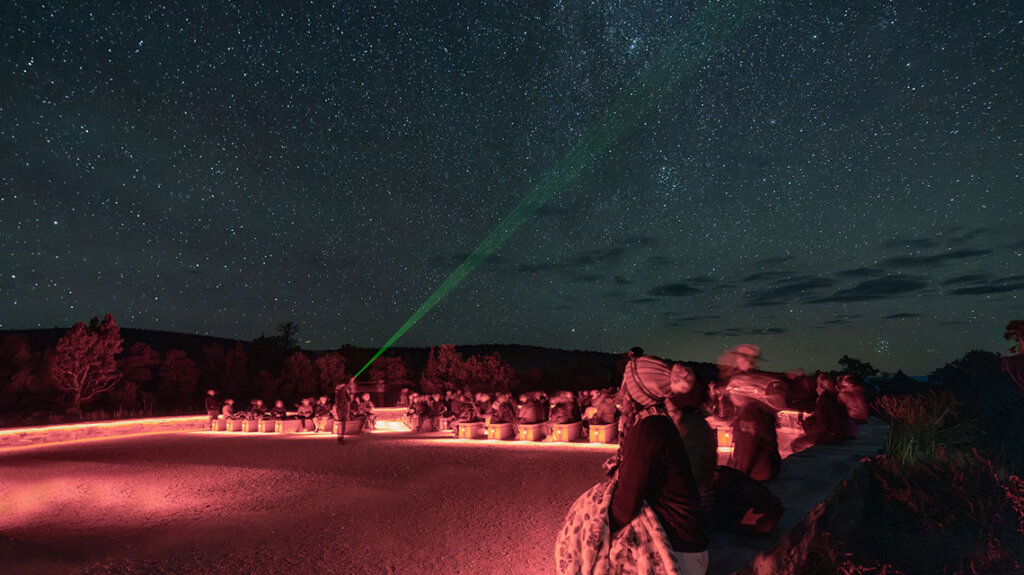
Great Basin Astronomy Festival
One of the longest-running astronomy programs in the park system, this family-friendly, three-day festival is all about celebrating the stars. Astronomy clubs, organizations, and enthusiasts set up dozens of telescopes pointed at an array of celestial objects (including safe sun-viewing scopes during the day). Rangers are on hand to help, but the exciting weekend is run by volunteers and dedicated community support.
Research Grade
The programʼs telescopes are excellent for guest enjoyment, but the parkʼs star-searching technology doesnʼt stop there. In 2016, it became home to a state-of-the-art facility: the Great Basin Observatory.
The observatory—funded almost entirely through donations—is the first research-grade observatory built inside a national park. Best of all, the 27.5-inch telescope is remotely operated and available as a public resource.
“If you want to get time on a standard observatory, youʼll submit your proposal and maybe get a response,” explains Mills. “Here, the answer is almost always yes.”
Graduate and undergrad programs in Nevada and Utah make good use of the telescope, but itʼs not just universities that use the high-tech tool. Younger local students also access the telescope, including middle schoolers in Ely—some of whom now have their names on published scientific papers.
Backyard Scientists
Anyone remotely interested in high-quality stargazing should make the trip to Great Basin. However, rangers would be the first to say that the parkʼs goal is not to be a specialized vacation spot: It is to inspire guests to look skyward in their own backyard.
“You donʼt need much to be an amateur astronomer,” says Mills. “Many folks think stargazing means getting an expensive telescope, but thatʼs not true. Even semi-rural areas are great for naked-eye observations, especially if you use a stargazing app. The next step is getting a pair of binoculars from the thrift store. They make a heck of a difference even in places with light pollution, and youʼll be better equipped than any human pre-Galileo.”
And, of course, Mills and his star rangers want guests to see that a brilliant night sky doesnʼt have to be something relegated to a Dark Sky Park.
“Reducing light pollution is achievable. We can all do little things like putting outdoor lights on a timer and closing blinds. I encourage people to look at your home and ask how you can improve things for your neighborhood. There are communities where people can see the Milky Way while still having lights.”
As Mills says, stargazing is a part of the human experience—likely one of our oldest pastimes. Studying the night sky is powerful and humbling. It connects us to our ancestors and introduces us to the wonders of our universe.
Next time you yearn for a spellbinding view of the Milky Way, remember that at Great Basin National Park, you’ll have some of the best seats in the house.
The post Star Sanctuary: Stargazing at Great Basin National Park appeared first on Travel Nevada.
This article: Star Sanctuary: Stargazing at Great Basin National Park has been curated from our friends at Travel Nevada and the original in it's entirety can be found here: https://travelnevada.com/stargazing/star-sanctuary-stargazing-at-great-basin-national-park/
